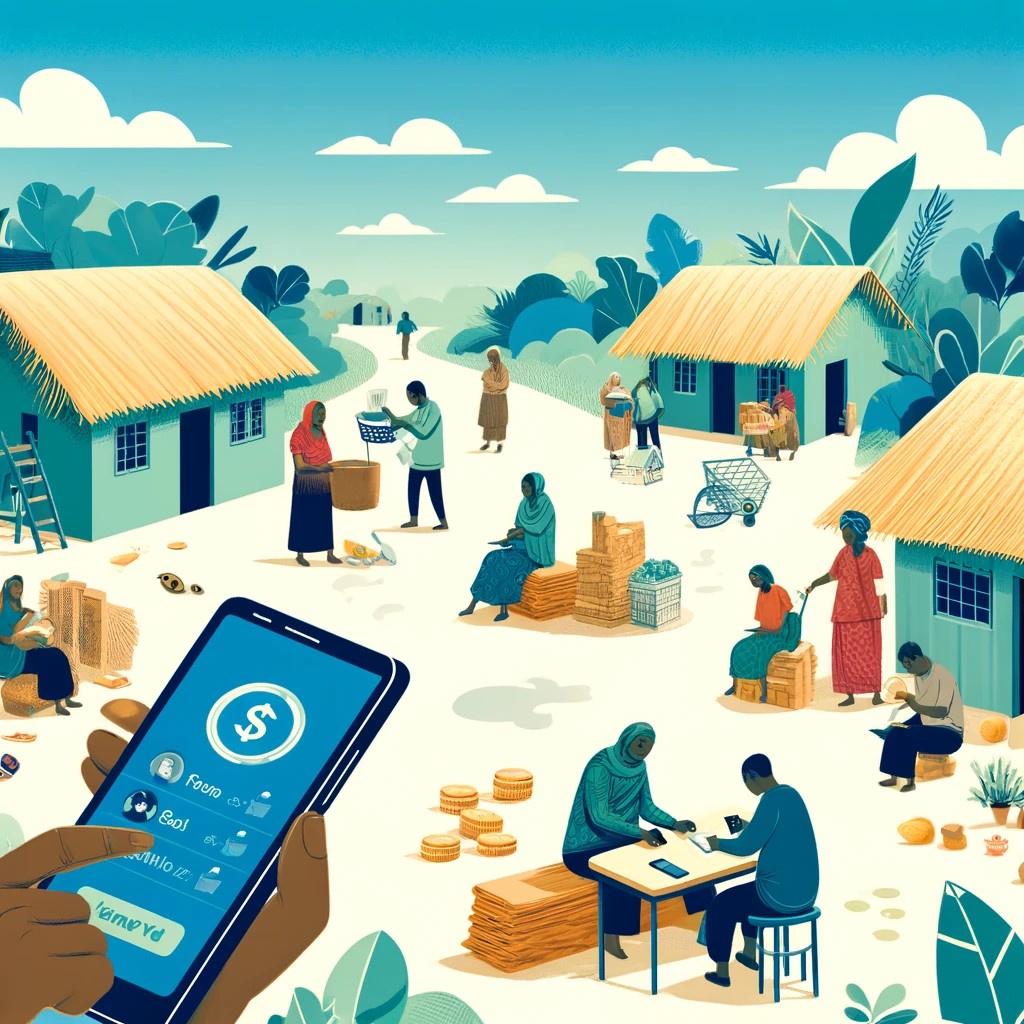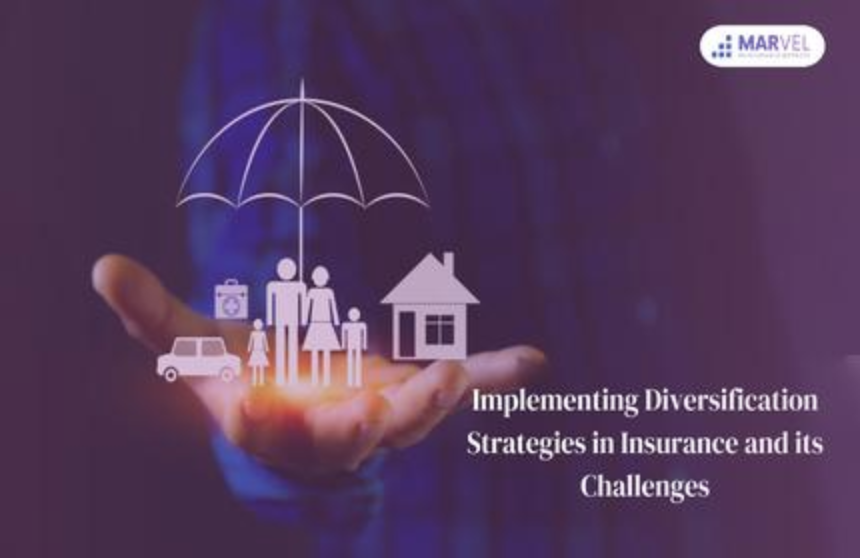Microfinance has emerged as a powerful tool in the fight against poverty, providing financial services to individuals and small businesses that lack access to traditional banking. By offering microloans, savings accounts, and insurance, microfinance institutions (MFIs) empower the world's poorest communities to improve their economic prospects and achieve financial independence. This article explores the current trends in microfinance and future predictions, highlighting its significant role in alleviating poverty.

Current Trends
Microfinance has grown substantially since its inception in the 1970s, with institutions like Grameen Bank in Bangladesh leading the charge. Today, MFIs operate globally, serving millions of clients in developing countries. One of the most notable trends in the sector is the increasing use of digital technology. Mobile banking platforms and fintech innovations are revolutionizing the delivery of microfinance services, making them more accessible and efficient.
For instance, mobile money services such as M-Pesa in Kenya have transformed the financial landscape by enabling users to send and receive money, pay bills, and access loans using their mobile phones. This technology has significantly reduced the cost of delivering financial services and expanded reach to remote and underserved areas.

Additionally, there is a growing emphasis on social performance and impact measurement in the microfinance sector. MFIs are increasingly adopting frameworks to assess their social impact, ensuring that their services contribute to poverty alleviation and the economic empowerment of their clients. Organizations like the Social Performance Task Force (SPTF) provide guidelines and standards to help MFIs measure and improve their social outcomes.
Future Predictions
The future of microfinance looks promising, with several key developments poised to enhance its impact on poverty alleviation. One significant prediction is the continued integration of technology. Advances in artificial intelligence (AI) and blockchain technology are expected to further transform microfinance, improving efficiency, transparency, and security. AI can be used to assess credit risk more accurately, while blockchain can ensure secure and transparent transactions.
Moreover, the rise of impact investing is likely to attract more capital to the microfinance sector. Impact investors seek to generate both financial returns and positive social impact, making microfinance an attractive investment opportunity. This influx of capital can help MFIs scale their operations, reach more clients, and develop innovative products tailored to the needs of the poor.

Furthermore, there is potential for greater collaboration between MFIs, governments, and other development organizations. By working together, these stakeholders can create a more enabling environment for microfinance, addressing regulatory barriers, promoting best practices, and ensuring that microfinance initiatives align with broader development goals.
Conclusion
Microfinance plays a vital role in alleviating poverty by providing financial services to those excluded from traditional banking. The sector has evolved significantly, with digital technology, diversified products, and a focus on social impact driving its growth. Looking ahead, continued technological integration, increased impact investing, and enhanced financial education are set to further amplify the benefits of microfinance. By empowering individuals and small businesses, microfinance can help build more inclusive and resilient economies, contributing to the global effort to eradicate poverty.







